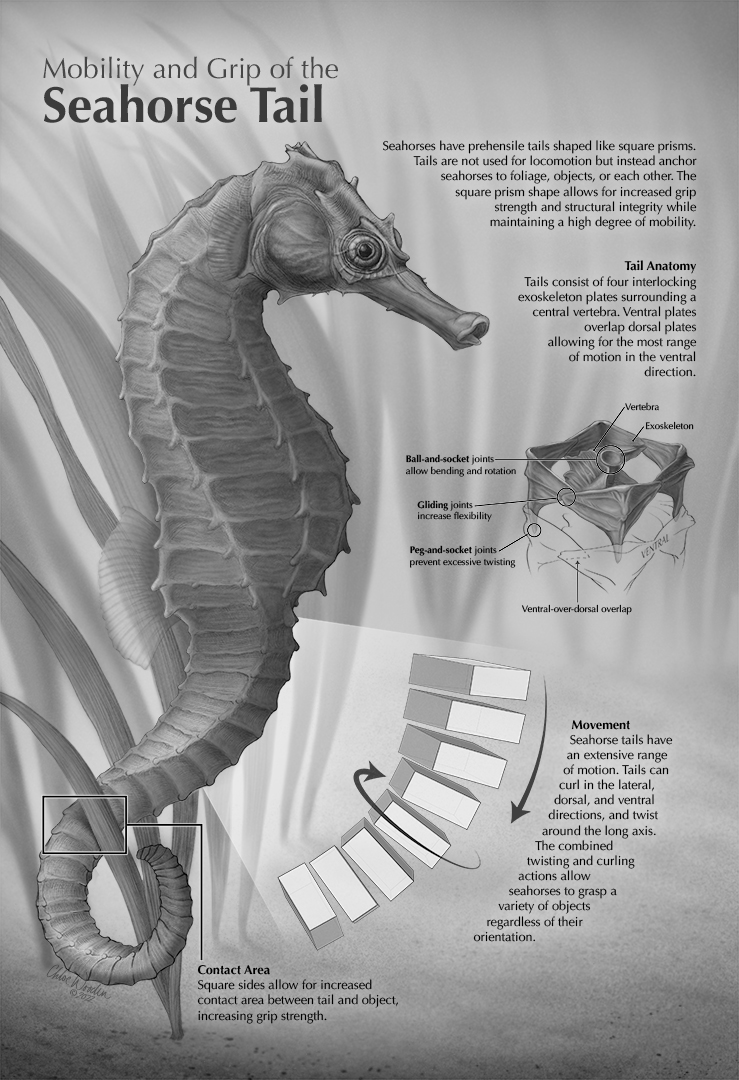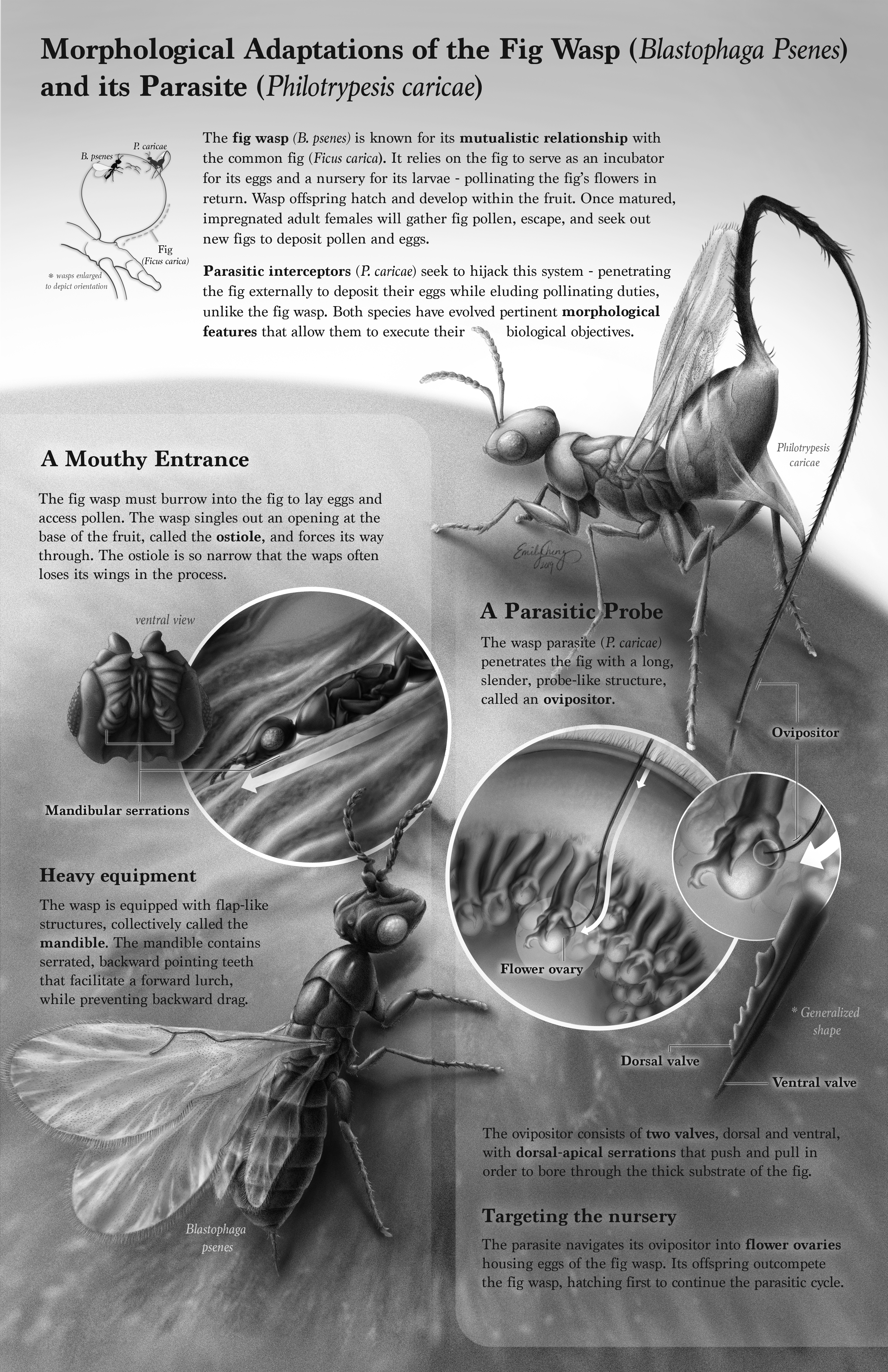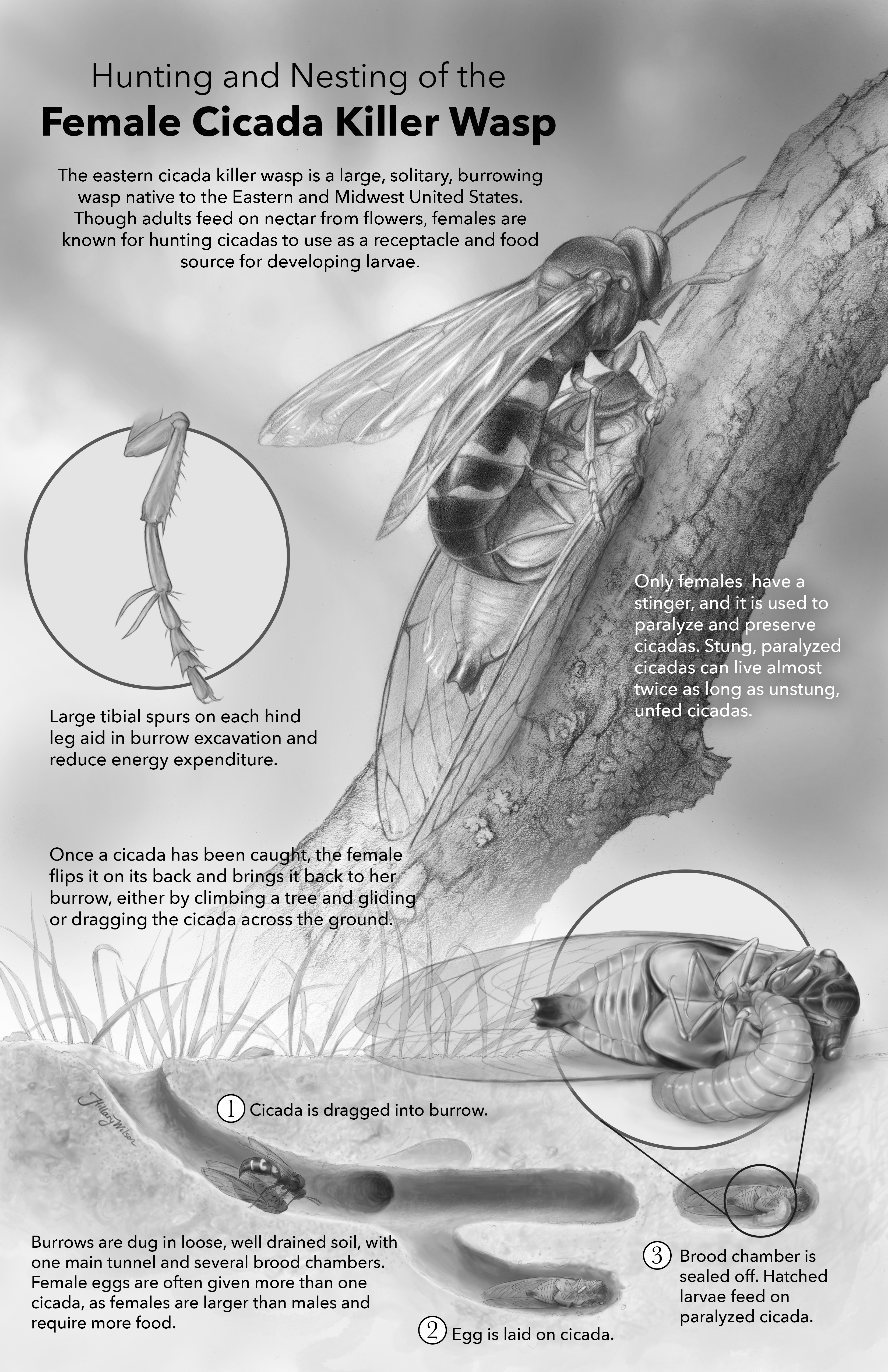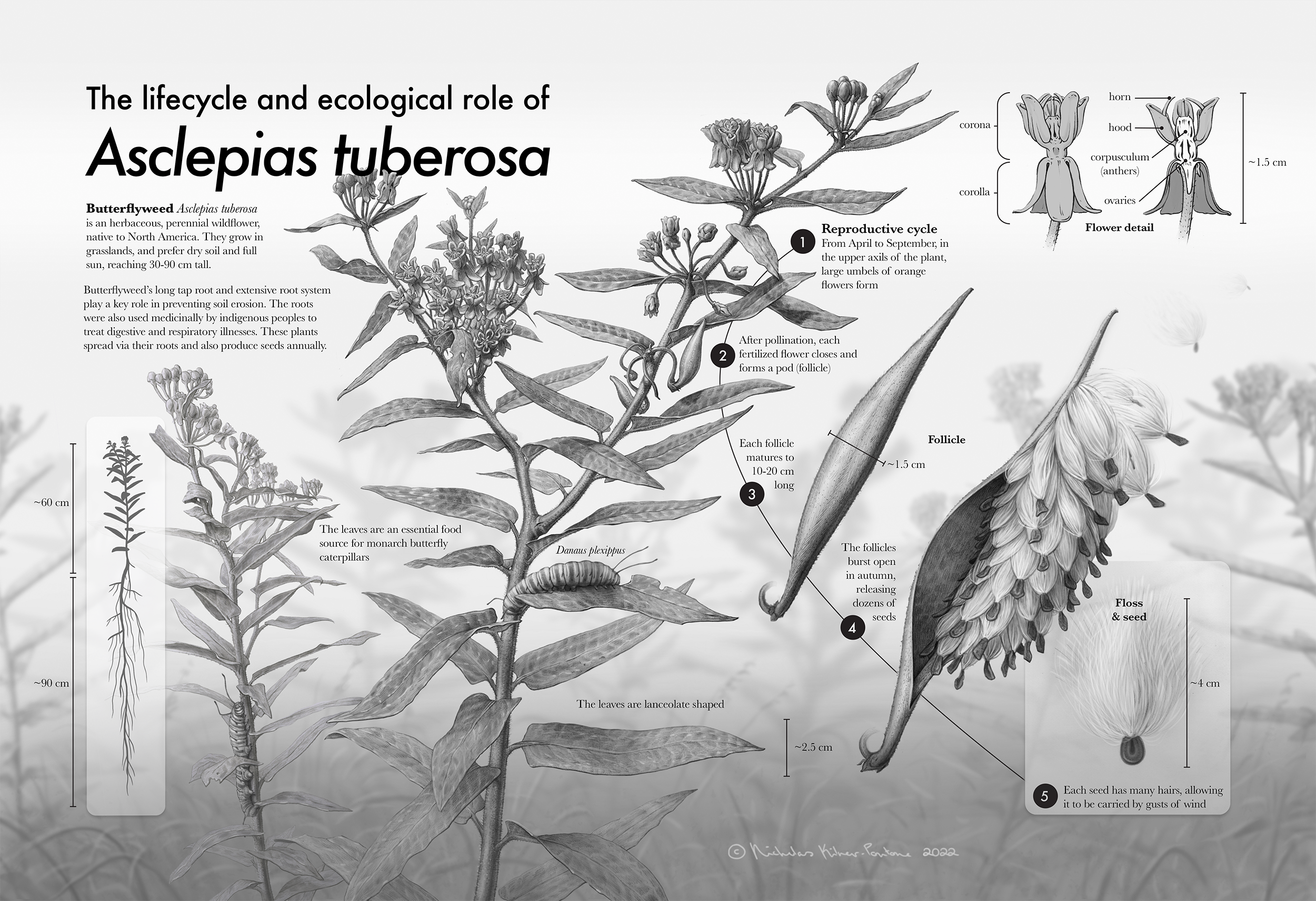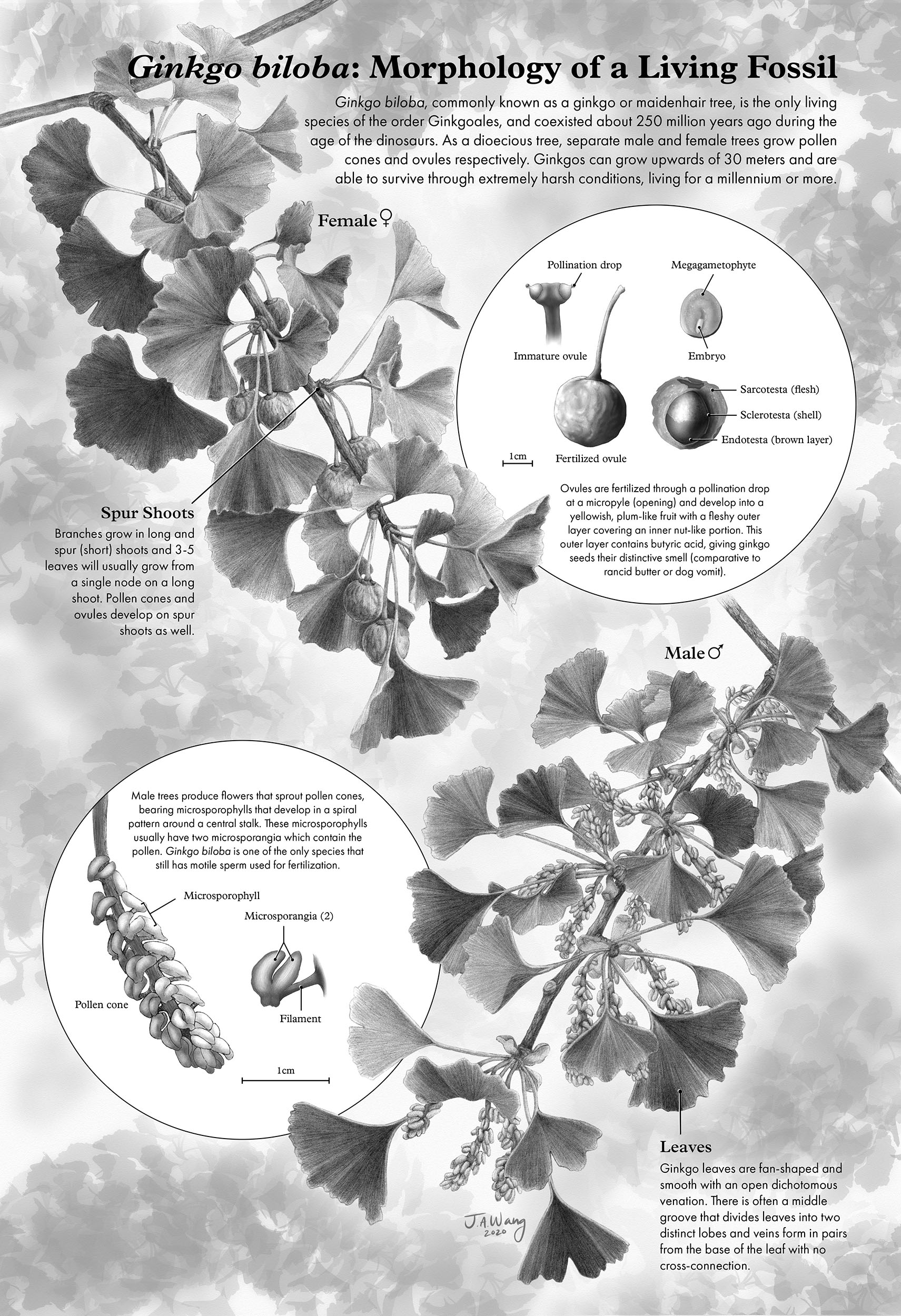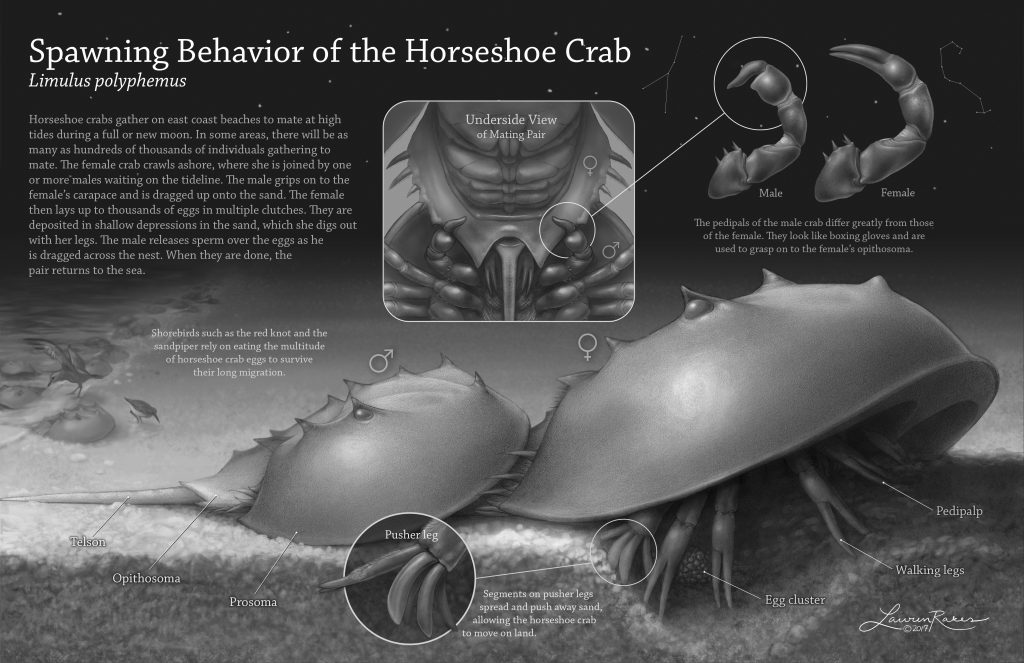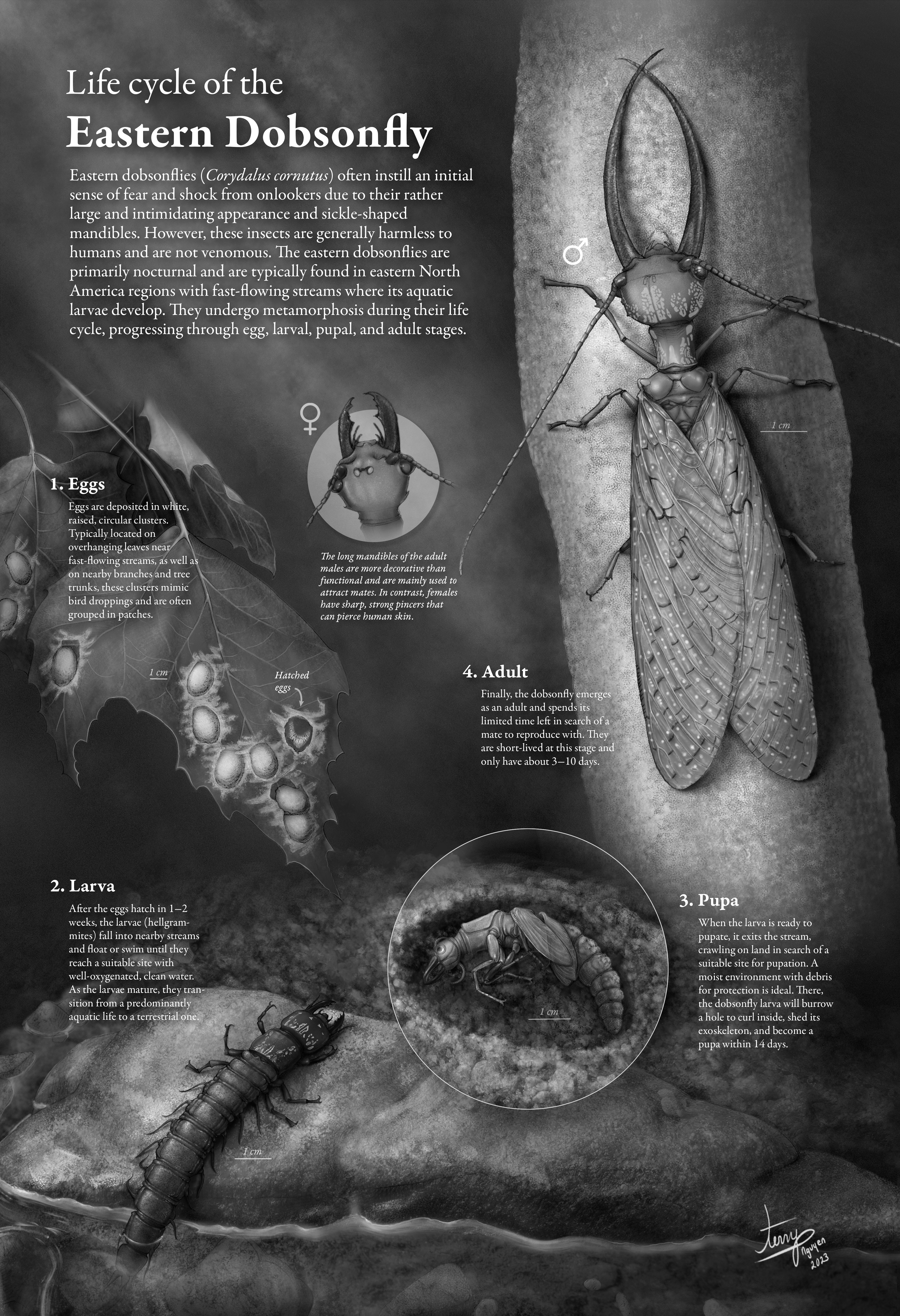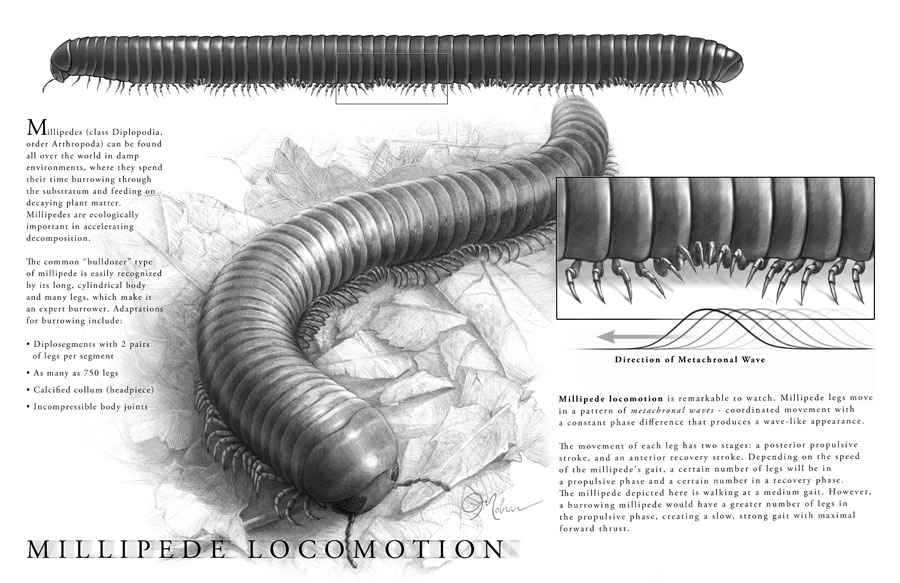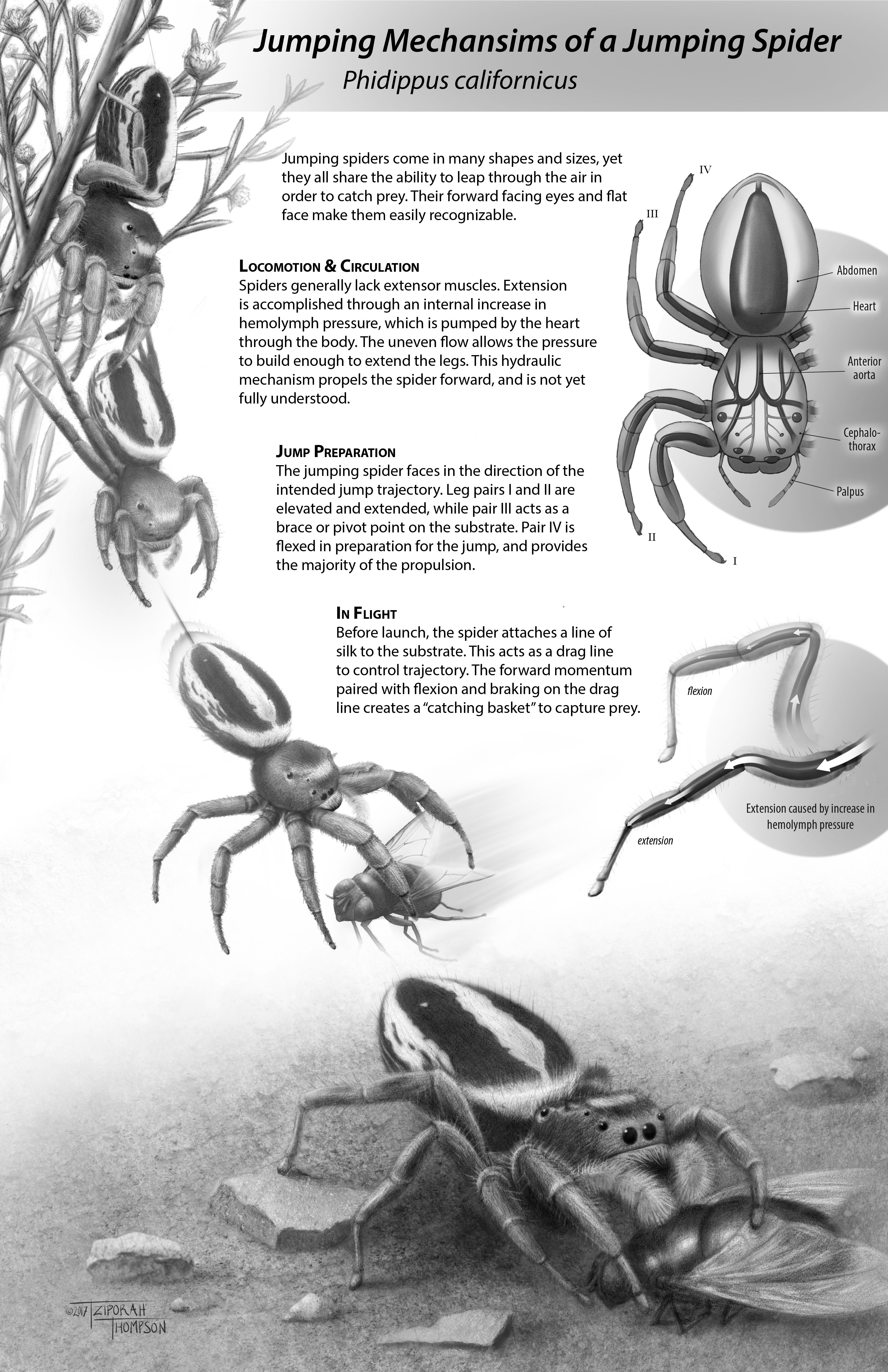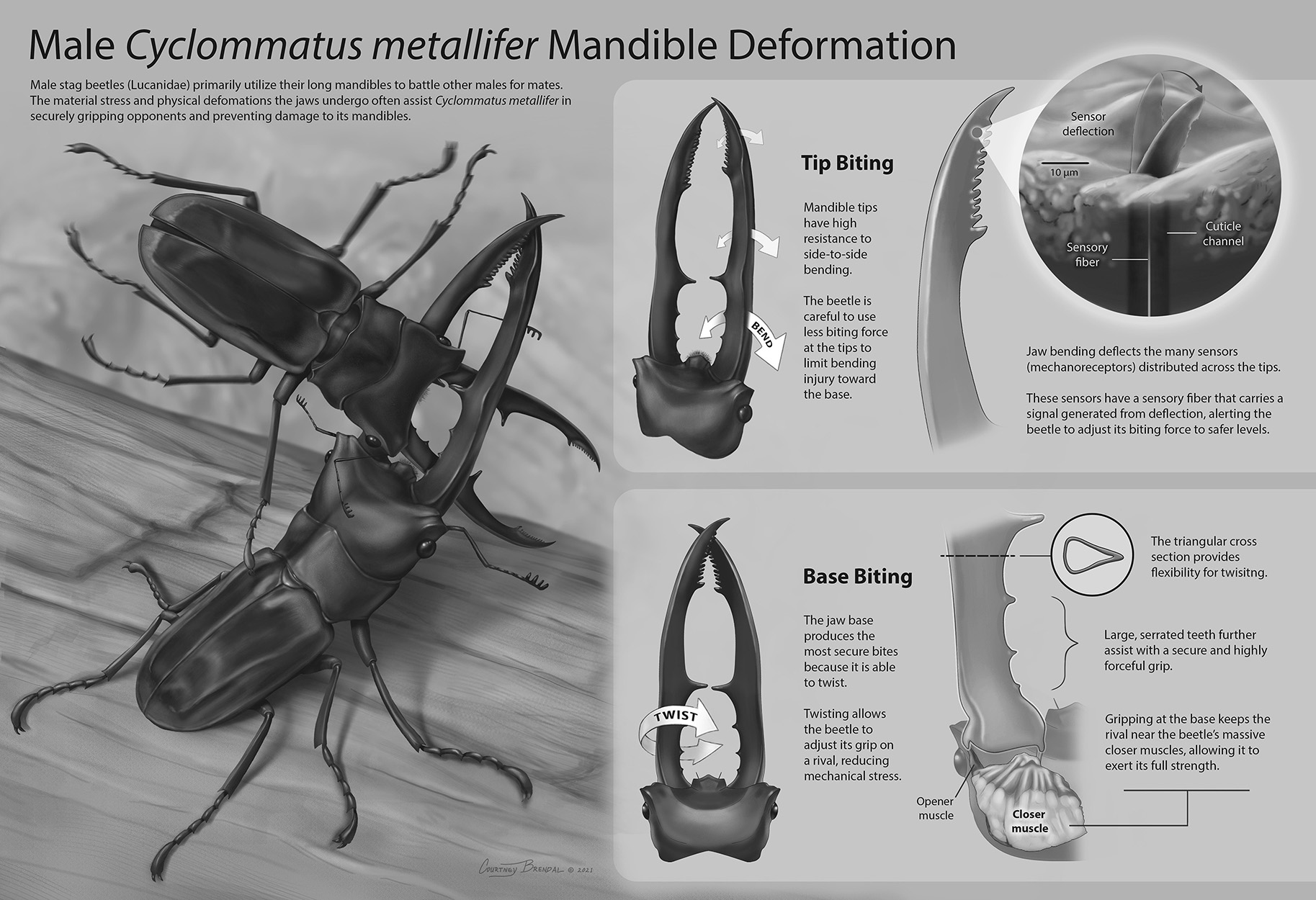MBI Graduate program: ME:120.721
Raster Tone Illustration
Offered: 3rd Quarter, 1st Year
Instructors: Jennifer E. Fairman, Associate Professor, Course Director
David Rini, Professor, and Ian Suk, Professor
Credits: 2 credit hours
summary
Creating raster illustrations using two-dimensional tone digital rendering techniques of biological subject-matter.
Course Description
Objectives
- Understand basic differences/strengths/limitations of raster-based applications.
- Understand the concepts of varying color bit depth, resolution of files
- Recognize differences between PPI, LPI, and DPI
- Understand procedures for size management, organization, storage, input, and output of digital files
- Develop working knowledge in use of digital raster imaging applications (Photoshop)
- Understand processes involved in translating a traditional sketch into a digitally-rendered illustration
- Understand considerations for scanning traditionally-rendered line, tonal and color artwork
- Understand considerations/procedures for labeling artwork using vector and raster applications.
- Understand various options for printing digital files of traditionally / digitally-rendered tonal artwork
Assignments
Students will further develop their skills through class lectures/demonstrations, tutorials and class exercises, including:
- Observational drawing exercises
- Introduction/tutorial in Photoshop
- Scanning traditionally-rendered tonal sketches, as well as final line and tonal illustrations
- Creating a combination traditional/digital continuous-tone illustration with labels
- Digitally labeling as well as printing a traditionally-rendered line illustration
- Survey of various digital file considerations for print work including various pre-press concerns.
Project Descriptions
Project 1 – The Hip Bone
Course Objectives
The objective of this assignment is to complete a detailed rendering of a human hipbone. Students are to pay particular attention to setting up effective lighting, and accurately recording the proportions, form, and surface texture of the bone. Values of the specimen and the background paper should be matched as closely as possible in the final rendering.
- Work effectively using good draftsmanship.
- Set up effective lighting on an object taking into account the principles of light-on-form and cast shadow.
- Depict a complex three-dimensional object paying particular attention to subtle differences in value (local and tonal).
- Know the major structural components of the hipbone.
Resources
- Bone collection.
- Two complete natural bone skeletons in department
- Video on Continuous Tone Techniques by Gerald Hodge, University of Michigan.
- Departmental collection of original art by Brödel, Didusch and others.
Project 2 – Biological Specimen
Objective
Project II builds on the skills used in Project I: The Hip Bone. In Project II, students further explore proper lighting, the effective use of light-on-form, appropriate background selection, and generally continue the practice of continuous tone media skills. For this assignment, students are asked to design a didactic multi-image illustration that addresses some physiological or anatomical aspect of the specimen. The illustration must be comprised of both traditional and digital media. The illustration should be geared towards an educated lay audience with an interest in the subject matter (think specialty coffee table book not newspaper).
Students should select a challenging topic that they find personally interesting, however, it must be a topic that can realistically be completed in the allotted time. Specimens that are one-of-a-kind or require a high degree of dissection or additional research should be avoided. Also, the number of insets must be limited to one or two at the most. We are interested in quality – dynamic layout, informative text, clear message, impeccable rendering, and accuracy – not quantity.
We are asking students to approach this assignment in a very organized and step-wise manner similar to how a professional illustrator might interact with a project design or editorial team. Once a final layout is selected, work may begin on acquiring specimens and preparation including dissection, lighting, set-up, and sketching.
Evaluation
Student’s work will be evaluated on the basis of the objectives listed above. Strong consideration will also be given to individual effort. PROJECTS THAT ARE TURNED IN LATE WILL BE DROPPED A LETTER GRADE. Artwork will be returned after the final critique for modifications before grading.
Schedule
Students should take advantage of the faculty’s expertise by working during class time. Sufficient time has been allotted for both projects on the daytime schedule, although some evening hours may also be necessary. Pace yourself accordingly to meet the deadlines. Review the Student Google calendar for individual course sessions.
Resources
Macintosh computer hardware/software, removable media, scanners, modems, stylus-based input devices, CD-ROM drives, and laser printers. Software manuals, tutorials, and 3rd Party books on various computer topics will also be made available.
Student Evaluations
- 1:1 faculty-student interactions
- Successful completion of above-mentioned assignments
Schedule
Refer to 1st year calendars and syllabi.
Student Artwork
Gallery of Raster Biological Tone Illustration
The health and wellness of students are of utmost importance to us here at Johns Hopkins. If you are struggling with anxiety, stress, depression, or other wellbeing-related concerns, please consider contacting Mental Health Services at 410-955-1892 or one of the other wellness resources within Student Health and Well-Being. If you are concerned about a friend, please encourage that person to seek out support. If you or someone you know needs immediate assistance for a mental health concern, please call the Behavioral Health Crisis Support Team at 410-516-9355.
Students who would like to request disability-based accommodations should contact the Disabilities Service Coordinator, Ellen Kaplan, at [email protected] or complete the online accommodations application. Documentation guidelines are provided on the application.

